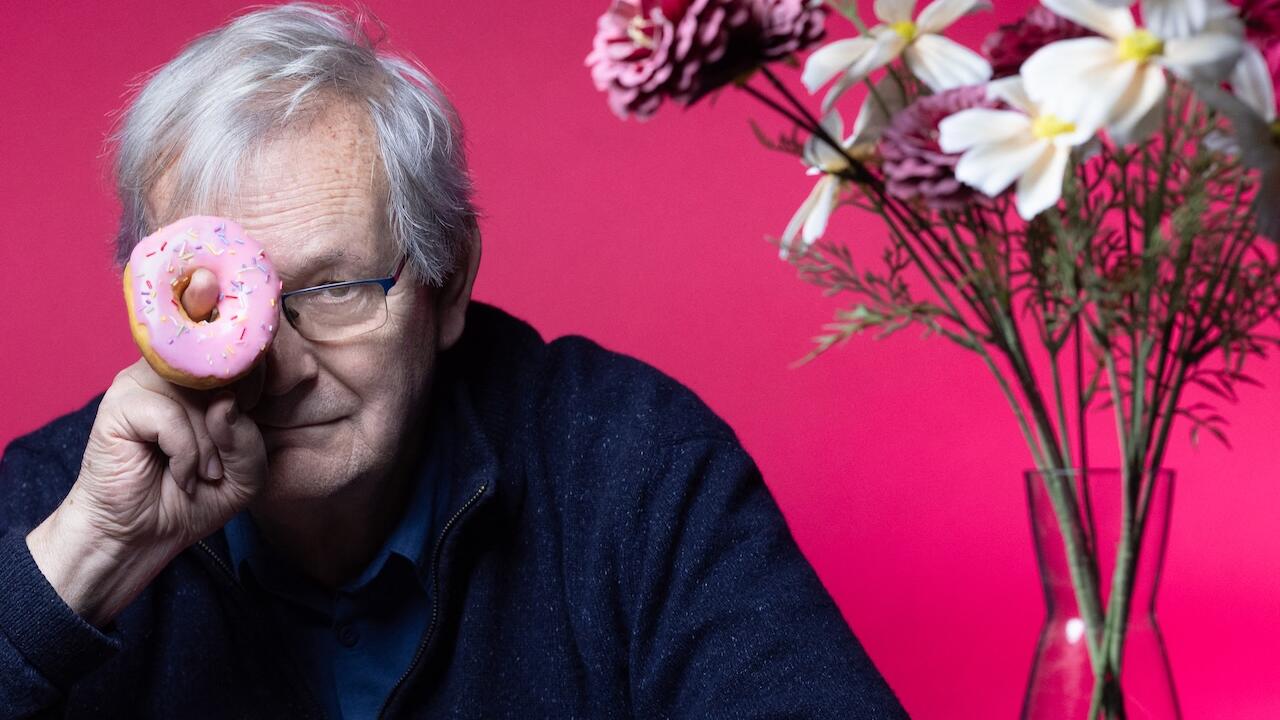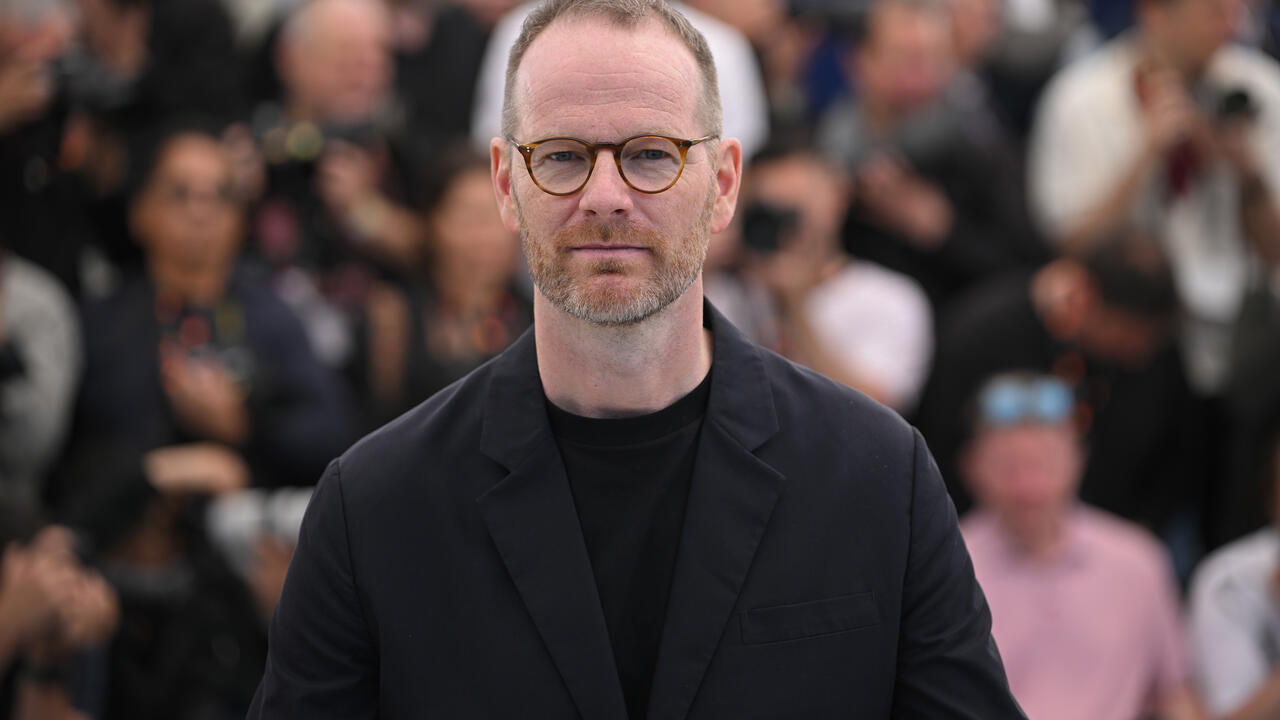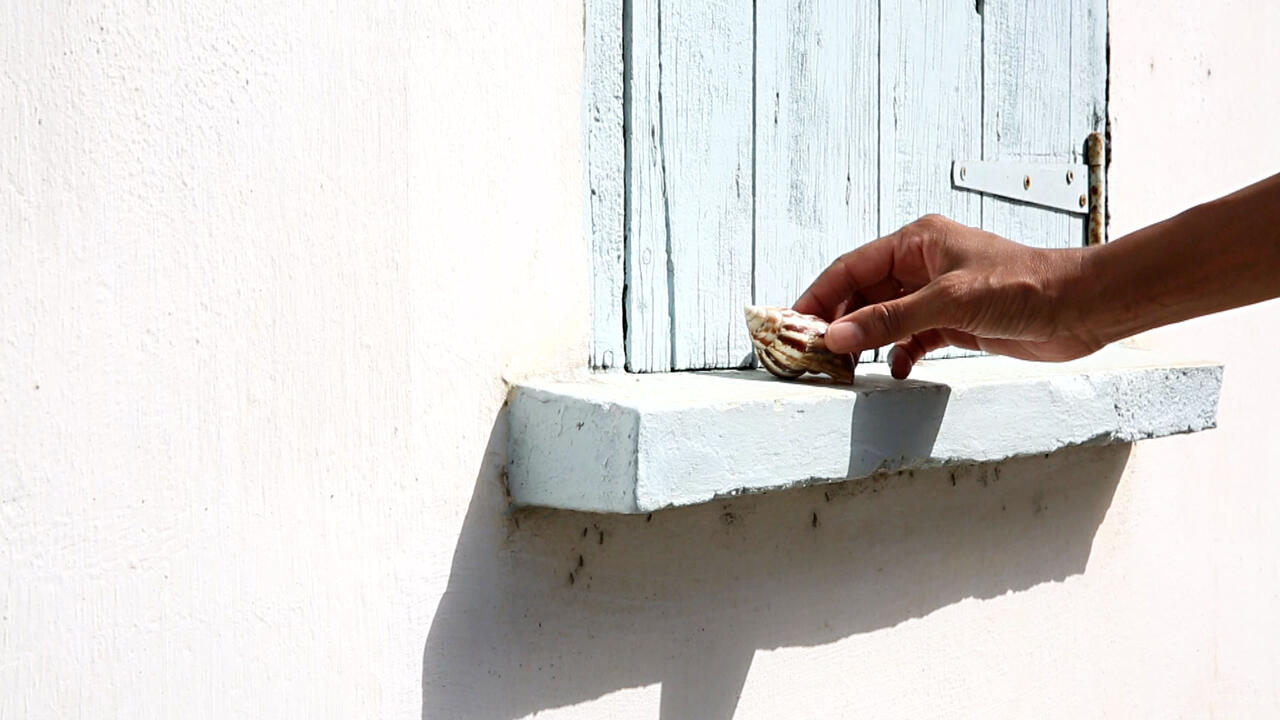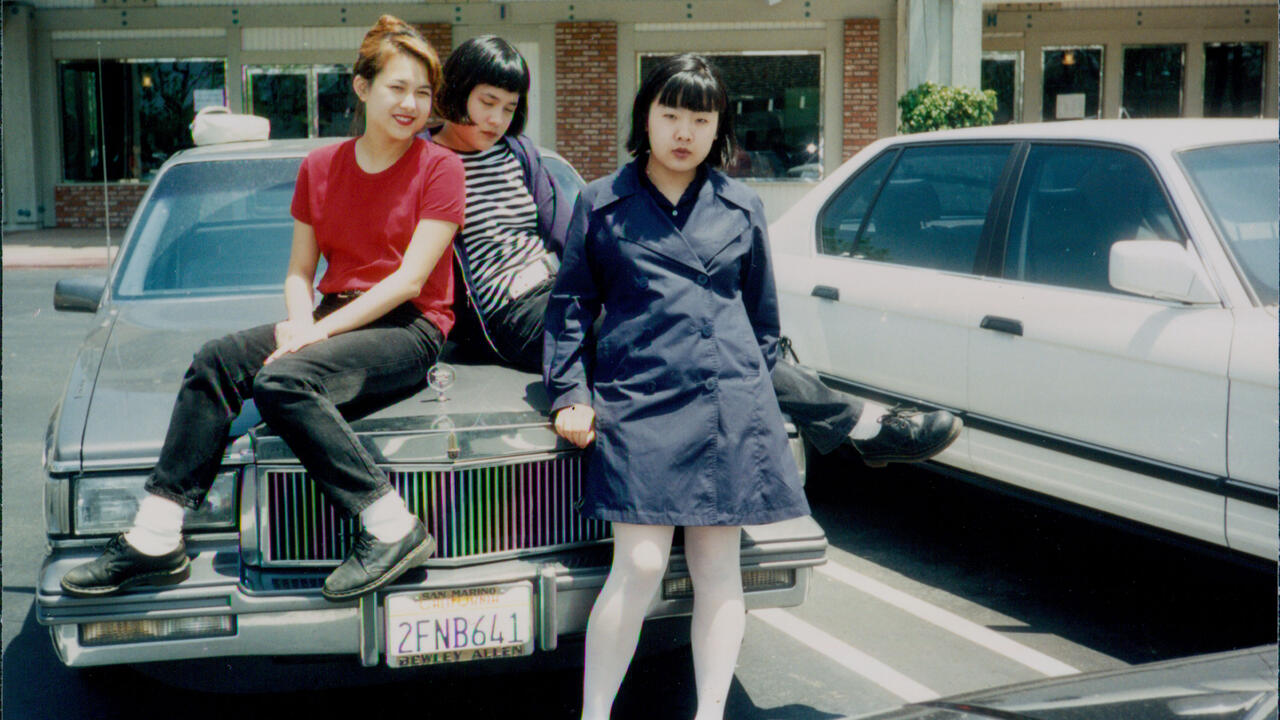Hang on to Yourself
David Bowie as art school
David Bowie as art school

Can you remember when you first started to read? (I don’t mean your ABC.) What I’m asking is: when did you begin to read the world around you? To understand why an object has a particular form or where a person got the idea to wear their clothes a certain way? To learn what emotion is evoked by the timbre of a recorded sound or what body of knowledge might be signalled by invoking the name of a long-dead writer? Who nursed your cultural literacy? Perhaps you detected clues on the radio or in the news. It might have been a friend, a teacher or an older sibling who taught you, as a teenager, how to sniff out new ideas. Or it might have been a cryptic note printed on the back of David Bowie’s 1971 album Hunky Dory: ‘SOME V.U. WHITE LIGHT RETURNED WITH THANKS.’
You figured out that ‘V.U.’ stood for Velvet Underground and that ‘White Light’ was the title of one of their songs. The V.U. sounded like the Hunky Dory track ‘Queenbitch’, but really they were part of Andy Warhol’s family, and he had lent his name to the preceding song on the record. There are others. A ‘Song for Bob Dylan’. Mickey Mouse and John Lennon cameo in ‘Life on Mars’. Friedrich Nietzsche’s Homo Superior elbows into ‘Oh! You Pretty Things’, followed by Buddhist bardos, Aleister Crowley and Nazi occultists in ‘Quicksand’. You read somewhere that the album’s androgynous cover portrait of Bowie was styled after a photograph of Marlene Dietrich. Soon, you found yourself examining a small constellation of cultural references, each point in this cosmos revealing another connection, introducing you to all the young dudes, junkies, designers, kabbalists, painters, vampires, writers, musicians, kooks, criminals, visionaries, madmen, supermen, cracked actors, sweet things, young Americans, scary monsters and super creeps. Before long, you find yourself with a biography of Warhol in one hand and an application to art school in the other.

And what happens to absolute beginners at art school? You start tracing your own ancestral tree of artists and thinkers whom you study and emulate for guidance, reassurance and argument. In the 1972 BBC documentary Cracked Actor, Bowie – subsisting at that point on a diet of milk, cocaine and red peppers – is filmed in the back of his limo touring North America. Asked about the influence of the us on his music, he peers into the carton of milk he’s drinking. ‘There’s a fly floating around in my milk. It’s a foreign body in it, you see, and it’s getting a lot of milk. That’s kind of how I feel. I couldn’t help but soak it up.’ That’s the first lesson you need to learn as an artist: how to soak it up. Become an autodidact.
Bowie’s death in January of this year, aged 69, launched a thousand media tributes tracing his creative antecedents. They noted the cut-up methods of William S. Burroughs that Bowie borrowed for writing lyrics and how the mime techniques he learned from choreographer Lindsay Kemp and kabuki theatre were put to use in his stage shows. They rehearsed the observation that his distinctive style of enunciation was shaped by the exaggerated Cockney vowels of actor Anthony Newley. We learned that the artist George Grosz influenced the stage sets on the Diamond Dogs tour and that the 1917 painting Roquairol by German expressionist Erich Heckel was emulated for the “Heroes” cover art in 1977. There was more: Anthony Burgess’s novel A Clockwork Orange (1971) was the inspiration for the song ‘Suffragette City’ (1972), as well as the jumpsuits worn by Bowie’s band, The Spiders from Mars. George Orwell’s 1984 (1948) was the subject of a suite of songs on the Diamond Dogs LP (1974). Performance artist Chris Burden was alluded to as ‘Joe the Lion’ (1977), psychiatrist Carl Jung guest-starred as ‘Jung the Foreman’ in ‘Drive in Saturday’ (1973), and the writer Jean Genet inspired ‘The Jean Genie’ (1973). His countless musical influences were put on high rotation: Syd Barrett, Jacques Brel, Iggy Pop, Lou Reed, The Rolling Stones; cabaret, krautrock and Philadelphia soul. The tributes reminded us that Bowie lifted from all of these, and more. He shared his finds with anyone who would listen. ‘It’s the closet teacher in me,’ he once said. ‘I love introducing people to new things.’

A Bowie interview was the first place you saw the name Roland Barthes, and your introduction to the director Nicolas Roeg was via Bowie’s starring role in the film The Man Who Fell to Earth (1976). Seen through the institutionally minded eyes of today’s art world, a dull observer could interpret his cosmology of references as a kind of curating. But that would be wrong, because Bowie’s most important lesson was how to be an artist. It’s become a truism that he influenced generations of art-school students and it’s because he was art school for so many. Not for reasons connected to dyeing your hair orange and going to Bowie Night at Billy’s Club in late 1970s London, or moving to Berlin hoping you might glimpse the last dust motes of existential romance still drifting in the air from the pre-Wall days – though that too. But because art students instinctively understood Bowie as method.
Bowie provided structural examples for working across disciplines: film, music, theatre, fashion. He stood in opposition to the pieties of aesthetic purity – allergic to art’s tantrums against ‘theatricality’ – and often stated that he never intended to stick it as a musician. ‘I was just a hack painter who wanted to find a new medium to work in,’ he said in 1977. ‘And rock looked like a very good vehicle. But one was always fluctuating between the temptation to become a rock star and the sentimental ties with wanting to be an artist – and there I was living right in the middle of this crazy rock and roll circus.’1 As Bowie sang on ‘Changes’ (1971), he swam in ‘the stream of warm impermanence’, knowing when to move on from one body of work to a new one and to not grow stale. (‘I’ve never been of the opinion that it’s necessarily a wise thing to keep on a successful streak if you’re just duplicating all the time.’2) Always within this, however, would remain trace elements of earlier projects. Seeded throughout his discography are reflexive nods to his past, re-synthesized into new forms that eluded cheap nostalgia. He shot Major Tom, the star of his 1969 folk-rock breakthrough ‘Space Oddity’, back into orbit for his wistful and tragic new wave single ‘Ashes to Ashes’ in 1980. He re-booted riffs from ‘Sister Midnight’, which he co-wrote with Iggy Pop, for the Lodger track ‘Red Money’ (1979). The harmonica refrain that opens ‘I Can’t Give Everything Away’ – the final song of his final album, Blackstar (2016) – echoes ‘A New Career in a New Town’ from 1977, a poignant cry of escape and renewal given new weight by his death. He let the work speak for itself and didn’t always feel the need to pin a metaphorical wall caption next to everything he did. ‘Music’, he said, ‘itself carries its own message, instrumentally.’3 Have confidence in your materials.
He let the work speak for itself and didn't always feel the need to pin a metaphorical wall caption next to everything he did. 'Music', he said, 'itself carries it own message, instrumentally.' Have confidence in your materials.
While living in Berlin between 1976 and ’79, Bowie demonstrated how to work both quickly and slowly. (During the Low sessions in 1976, studio demos would end up as the final album versions: why mend it, if it’s not broken?) Bowie showed you how to dress the work up – Ziggy Stardust (1972), Aladdin Sane (1973), Young Americans (1975) – and how to dress it down: Low, “Heroes”, The Next Day (2013), Blackstar. He knew when to take a break – finish an album then go and act in a play or make a film. As every artist knows, stepping back can free the imagination from deadlock. (One of Brian Eno’s Oblique Strategies cards, used during the recording of Bowie’s Berlin-era albums, advises the creatively blocked individual to ‘wash the dishes’.) He saw value in thinking laterally and taking chances, enjoying the uses of ambiguity and obfuscation. Some call this pretentious, but Bowie was unashamed of his pretensions: he knew that every artist needs to risk overreaching themselves. Bowie had as many misfires during his career as he had hits; you don’t often hear the band he formed in 1989, Tin Machine, or his electronica-inspired album Earthling (1997) on pub jukeboxes, but mistakes and fallow periods are useful. The artist who knows the precise meaning of the artwork they plan to make, and how it will look, sound or read, is rarely one worth thinking about for long. When the authenticity police and art nit-pickers came accusing Bowie of pretension and dilettantism, he showed you how not to give a shit.

Bowie taught you to remember that you’re not the only artist in the room. Throughout his career, he stuck up for other artists across a range of genres and generously supported his peers and elders. He wrote ‘All the Young Dudes’ for Mott the Hoople in 1972, then struggling to survive. (It was a hit.) He produced Lou Reed’s album Transformer (1972) and rehabilitated Iggy’s post-Stooges career with cult classics The Idiot and Lust for Life (both 1977). If he was looking to inhabit a particular aesthetic, Bowie knew when to admit, ‘I don’t know,’ then follow his nose and call in an expert. His catholic tastes took him from collaborations with pioneers of cerebral electronic music to disco legends. His ‘Berlin trilogy’ – Low, “Heroes” and Lodger – are as celebrated for the contributions of Eno, Robert Fripp and Tony Visconti as they are for Bowie. For his ‘plastic soul’ album, Young Americans, Bowie travelled to Philadelphia and worked with an impressive roster of black musicians, including Carlos Alomar, Ava Cherry, Dennis Davis, Luther Vandross and Willie Weeks. Yet he was never a copyist, instead alchemically transforming these conversations into new gold. As critic Greg Tate observed: ‘Bowie remains that rarity – a white rock artist whose appropriations of black kulcha never felt like a rip-off but more like a sharing of radical and bumptious ideations between like-minded freaks […] Bowie double-crossed back over to black culture by being his own transcendently pan-everything creation.’4
Scour the interviews, read the biographies, examine the work and you will discover a trove of advice for the budding artist. Here’s a grab bag. Value the importance of books and research. (A voracious reader, Bowie reputedly took 400 books with him to the set of The Man Who Fell to Earth, and later claimed that he’d have enjoyed an alternative career as a librarian.) Value the young. (And not just the teenage wildlife celebrated in his songs. Remember that many people’s first encounter with Bowie was as The Goblin King in Jim Henson’s 1986 film Labyrinth. In 1978, Bowie also narrated a recording of Sergei Prokofiev’s 1936 composition Peter and the Wolf and, in 1982, introduced the animated film of Raymond Briggs’s fairy tale The Snowman. You can dismiss these projects for not being artistically serious enough, but – to paraphrase Werner Herzog – even artists started small.) Know how to laugh at yourself. (Watch Bowie’s appearances in the fashion-world spoof Zoolander, 2001, and in the BBC comedy series Extras in 2006. The satirical magazine Private Eye, and the inventively filthy British comic Viz were listed amongst his 100 favourite books.) Know how to talk about your work. (Bowie was famed not just for the intellectual curiosity he demonstrated in interviews, but for his charm and modesty, bringing to mind Gilbert & George’s dictum that artists must ‘always be smartly dressed, well-groomed, relaxed, friendly, polite and in complete control’.) Turn any sense of doubt to your advantage. (‘I think the greatest problem comes in wondering why I think that any of what I write should be of any import to anybody,’ he said. ‘That dissatisfaction, it’s an old quandary that all writers come across all the time […] But on an aesthetic level I’m quite happy with my lot as a writer. I would really be nervous if I didn’t have the uncertainties and the problems that I do have. I would dread feeling that complacent.’5)

If we didn’t already know it, the outpouring of personal testimonies following Bowie’s death make evident how many lives he touched. He stood for those who felt marginalized and those for whom questions of identity have no easy answers. You could project into his work your hopes and sadness and find empathy in those chapters of his work that spoke to you. The lesson for artists is how to appreciate your audience and know that their perspectives create your work as much as you do.
‘Sometimes you get so lonely / Sometimes you get nowhere / I’ve lived all over the world / I’ve left every place’, he sang on the 1977 track ‘Be My Wife’. One of the most important strategies Bowie taught was travel. His career conjured romance around cities such as Berlin, London, New York or Tokyo – the itinerant life of a famous rock star. It also suggested that mobility of mind and spirit was crucial to self-empowerment. ‘The idea that one doesn’t have to exist purely on one defined set of ethics and values, that you can investigate other areas and other avenues of perception and try and apply them to everyday life.’6 And this is why Bowie was art school to so many students – because he, too, had been one of them.
His journey from Bromley to Berlin represented something crucial to many art students: otherworldly glamour shot through with approachable ordinariness.
Bowie was born into a working-class family in Brixton, south London, and raised in nearby Bromley. He studied at Croydon College’s School of Art and, during his early career, he attempted to foster an underground creative community in suburban Bromley with the Beckenham Arts Lab. Bowie’s early creative growth was partly the product of a free education system, one that offered the chance of class mobility. He was a working-class autodidact; the kind of art student that college fees and student debt would today deter. His journey from Bromley to Berlin represented something crucial to many art students: otherworldly glamour shot through with approachable ordinariness. He never forgot his suburban background and during his imperial ‘Thin White Duke’ phase in the 1970s, you were always aware of how the bad teeth and pasty skin under the layers of caked make-up resonated with his lyrical imagery of escape and adventure, and with the possibility that life could be enriched by art, cinema and literature – whether you make it out of your small town or not. As his beloved v.u. sang in ‘I’ve Found a Reason’ (1970): ‘I do believe / If you don’t like things you leave / For some place you’ve never been before.’

Jasper Johns once said of Marcel Duchamp that: ‘The art community feels Duchamp’s presence and his absence. He has changed the condition of being here.’7 I believe the same is true of Bowie. If you wish to cling to the idea that pop musicians can’t be considered serious artists, only classed as entertainers, then be my guest. If you assume that anyone with an interest in skipping enthusiastically from one creative field to another is a dilettante, learning as they go, then I’ll bid you goodbye and leave you in the library whilst I throw my homework on the fire and take the car downtown. Bowie was one of the most distinguished art students of the 20th century.
The day his death was announced, I walked the three blocks from the frieze office in SoHo, New York, to his old apartment block on Lafayette Street. On the way, I bought roses from a local deli, signed the wrapping-paper with love from me and my older brother, Mark, and left them amongst the candles, photographs and other tributes gathering on the pavement. I’d never previously experienced a shared sense of grief for a public figure and almost felt embarrassed. Walking back to the office, I tried to understand what compelled me to make this gesture. It then struck me that the flowers weren’t so much for Bowie as for me, Mark and the copy of Hunky Dory he gave me as a teenager. They stood for the path to cultural literacy that album set me on, one that eventually took me from my home town to art school and then to London and New York. The flowers were for those I became close to at art school – for all those with whom I shared Bowie as a method. ‘SOME D.B. BLACKSTAR RETURNED WITH THANKS.'
1 Allan Jones, 'Goodbye to Ziggy and All That...', Melody Maker, 29 October 1977, in Bowie on Bowie, ed. Sean Egan, Chicago Review Press, 2015, p. 64
2 Robert Hilburn, 'Bowie Finds his Voice', Melody Maker, 14 September 1974, p. 43
3 Angus MacKinnon, 'The Future Isn't What it Used to Be', NME, 13 September 1980, p. 119
4 Greg Tate, 'Brother from Another Planet: Bowie and Black Music', 12 September 2016, MTV.com
5 Ibid, MacKinnon, Bowie on Bowie, p. 137
6 Ibid, p. 129
7 Jasper Johns, 'Marcel Duchamp (1887 – 1968)', Artforum, November 1968, p. 6






















